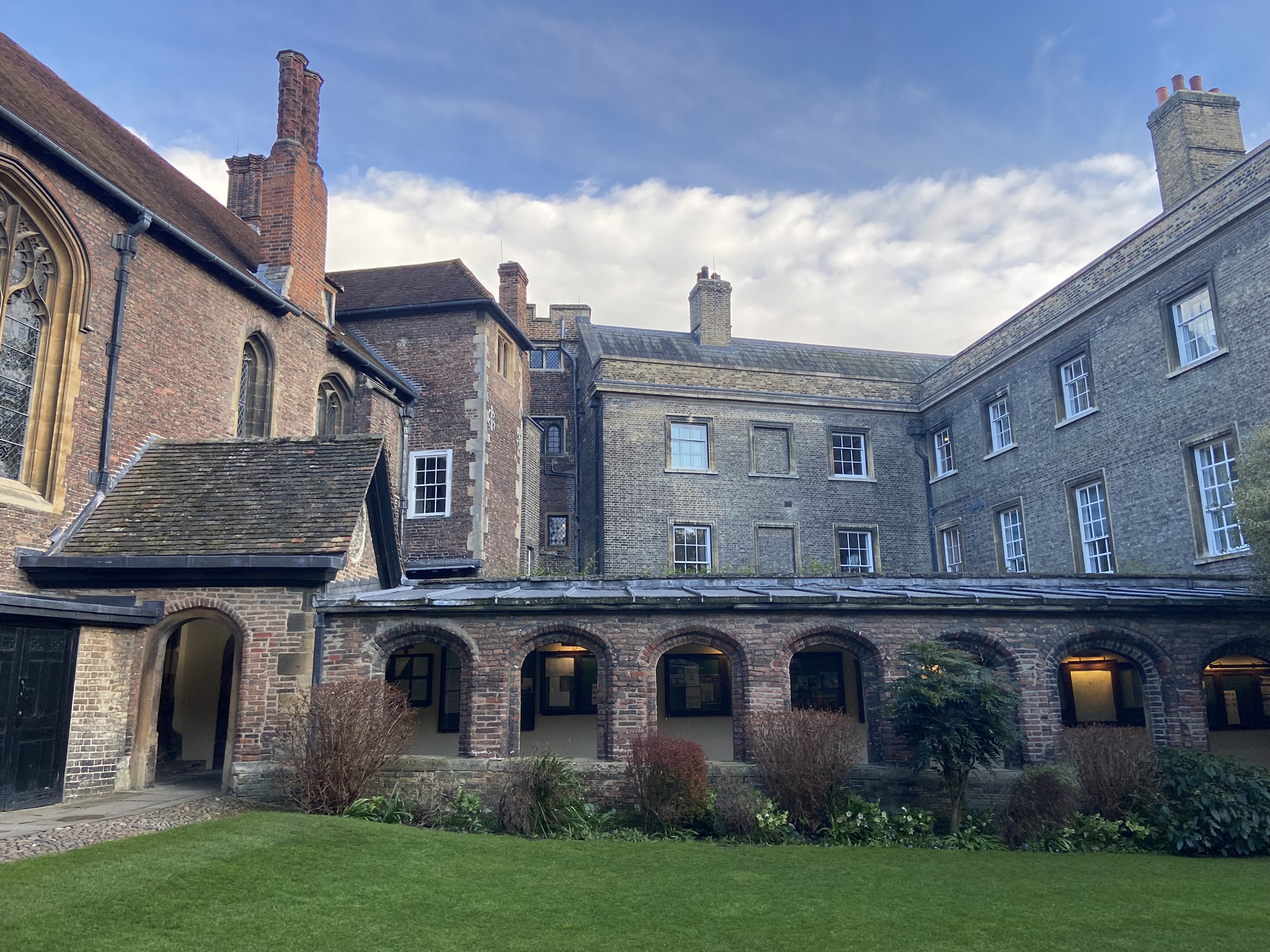In collaboration with Carleton University, TRACE was excited to publish and present a joint research project with Professor Mariana Esponda on the history and evolution of Concrete in Canada’s national capital. The paper titled Laying the Foundation: The Use and Evolution of Concrete as Ottawa’s Primary Building Material will be published in the conference proceedings of the Construction History Society’s programme.
The research that formed this publication was part of a joint Mitacs Accelerate Grant, in collaboration with Carleton University, received at the height of the COVID-19 pandemic in the summer of 2020. Catherine joined the TRACE office as a summer intern, dividing her time between academic research with Professor Mariana Esponda, and firm responsibilities as an architectural intern at TRACE.
Three years later, now an Intern Architect and Project Manager at TRACE, Catherine has continued investigating the use of concrete in practice, and is a part of project teams involving concrete construction in the region. Her involvement in TRACE projects includes the Lester B. Pearson Building Rehabilitation, as well as ongoing rehabilitation work at Place du Portage I&II. This experience has significantly contributed to the initial research project in providing a comprehensive understanding of the ways in which concrete has been used in the region and how we can expect it to perform in the future.
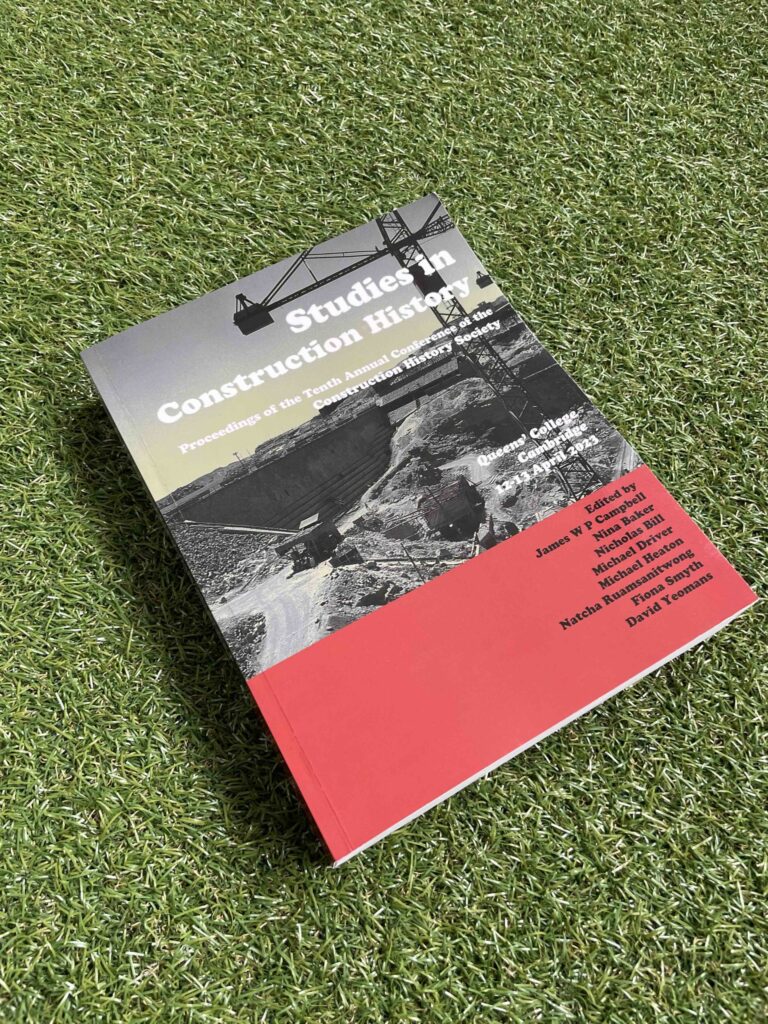
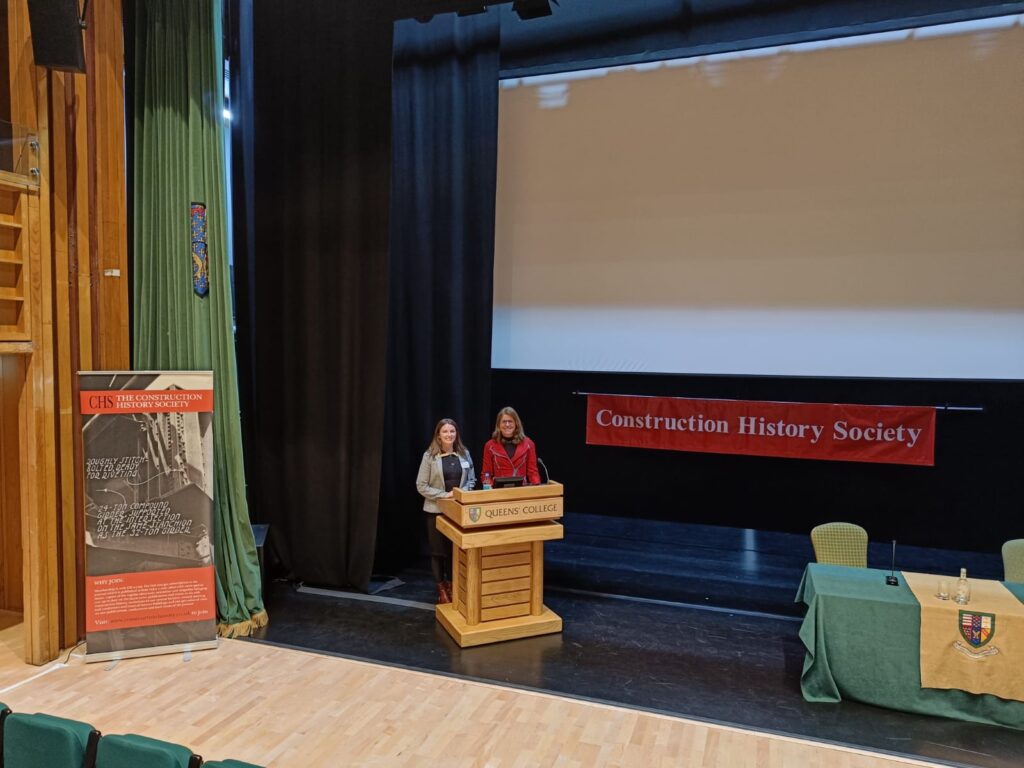
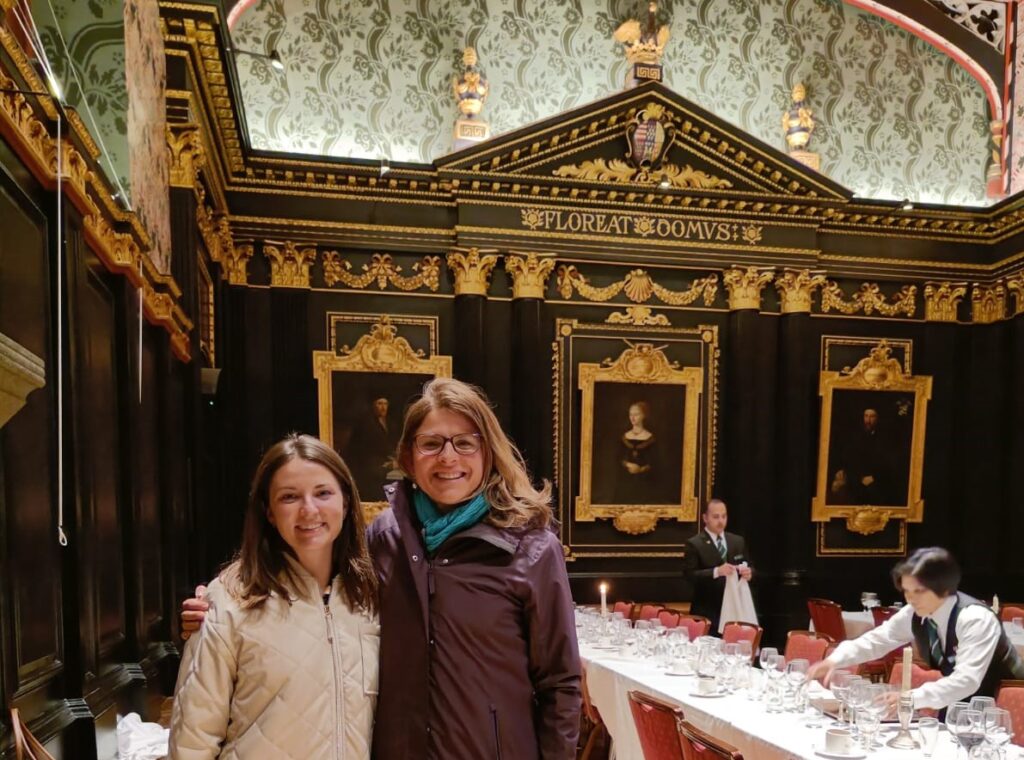
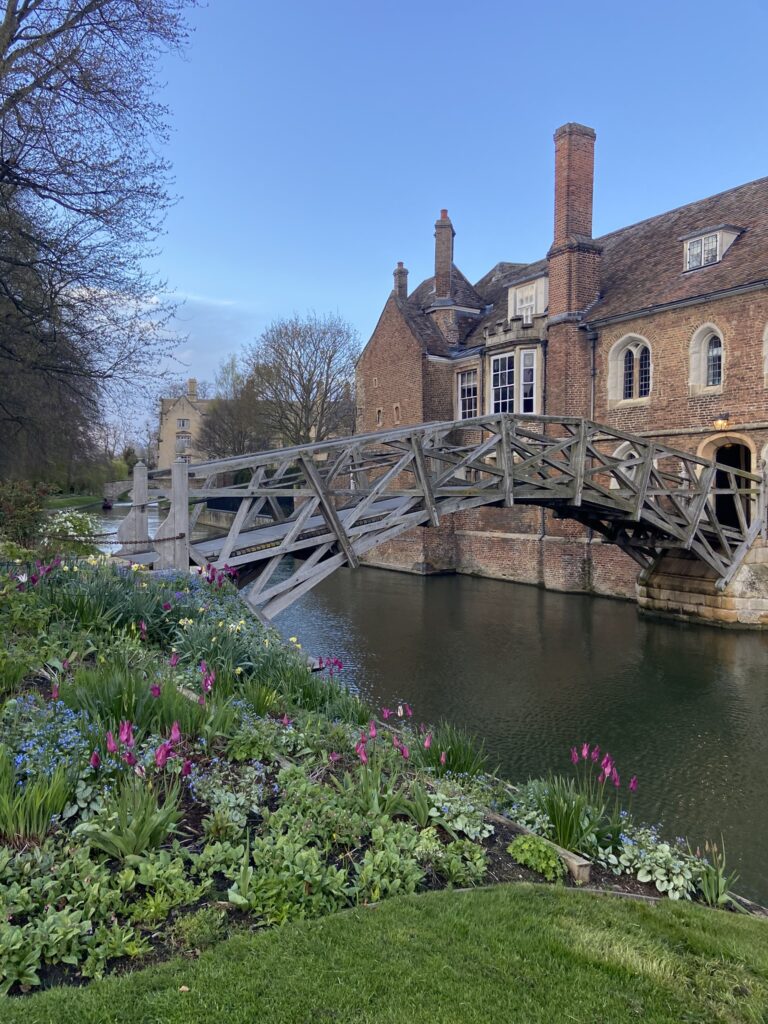
The research, which remains on-going, has informed how we can begin to see Ottawa as a Concrete Jungle, struggling to establish an architectural style that is noticeably “Canadian.” Despite the material becoming the industry standard in the early to mid-20th century, evidence of its historical use dates to cement, one of its key ingredients.
This recent paper covers the evolution of early cement in Ottawa, used in notable local projects such as the Rideau Canal and in fireproofing in the original 1860s Parliament Buildings. As a reliable and largely understood material, concrete functions much like the image for the government of Canada: reliable and solid.
As a young capital, Ottawa’s sprawl and heavily funded Centennial projects coincided with design styles of the Modern-Era and more specifically, the Brutalist movement, which left a lasting image of a concrete skyline. While recent regional projects do respond to a global technological shift in concrete, utilize a variety of new casting and forming techniques and sustainable design strategies, the use of concrete in Ottawa remains largely unchanged since the mid-twentieth century.
As a known contributor of carbon, concrete production for building Canada’s capital is responsible for a significant amount of embodied carbon. These concrete buildings are coincidently approaching a vintage that will require significant rehabilitation and material-specific conservation. While concrete remains the material of choice for buildings faced with the Canadian climate, there lacks further research into how it can be used in more sustainable ways, and be diverted from the landfills. Ottawa’s continued use of concrete as a reliable and efficient material mirrors the City’s function as the country’s seat of government – there is a pressing need for innovation to prevail!
